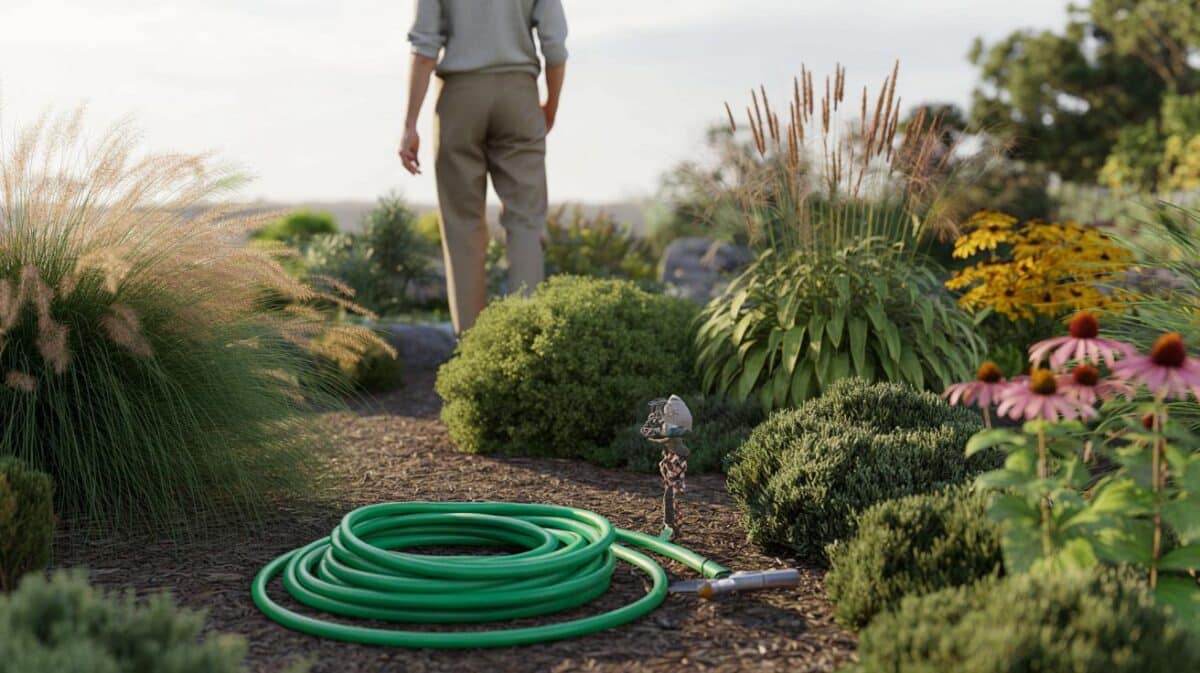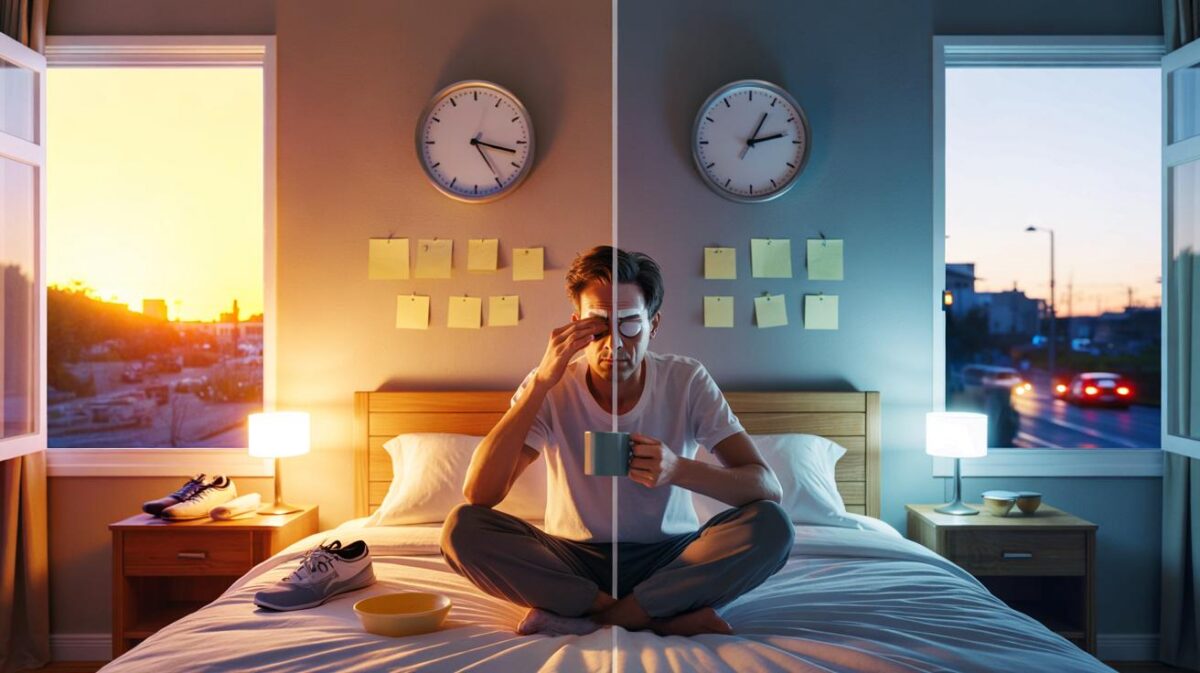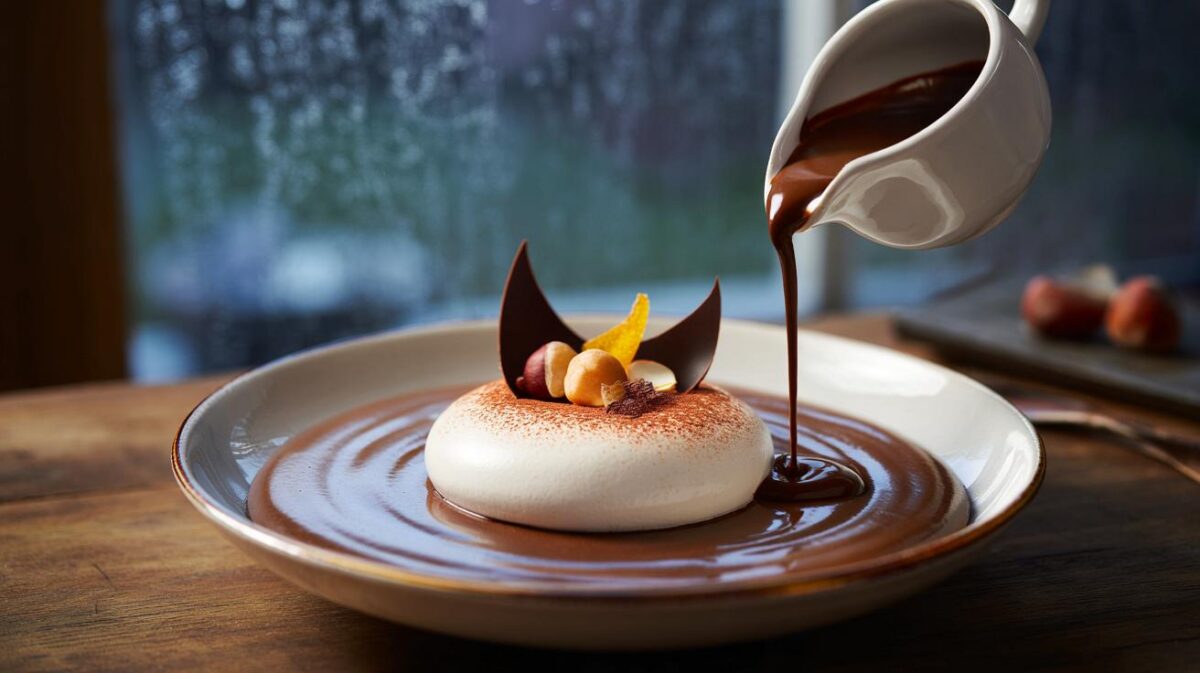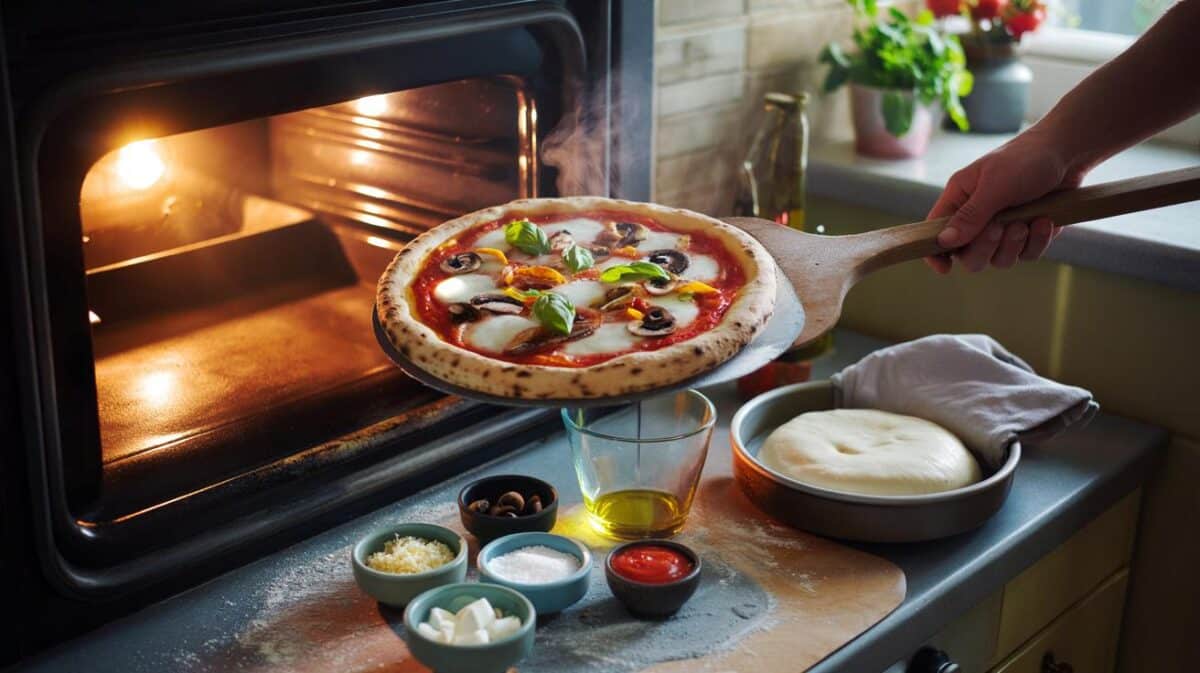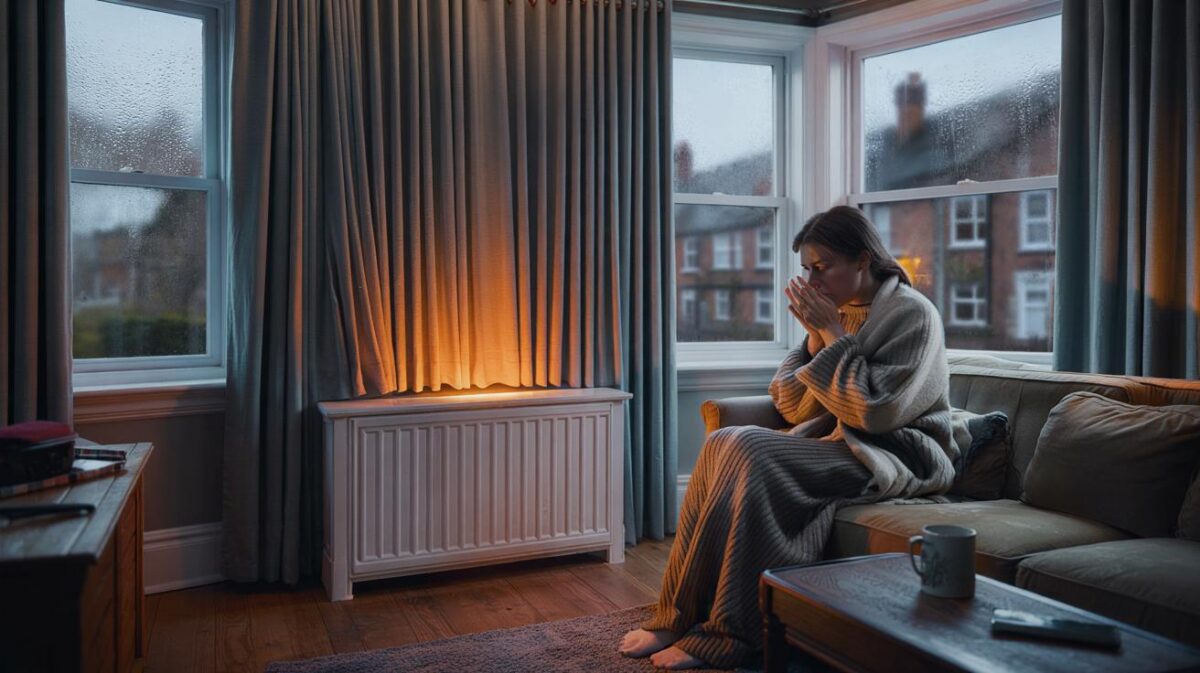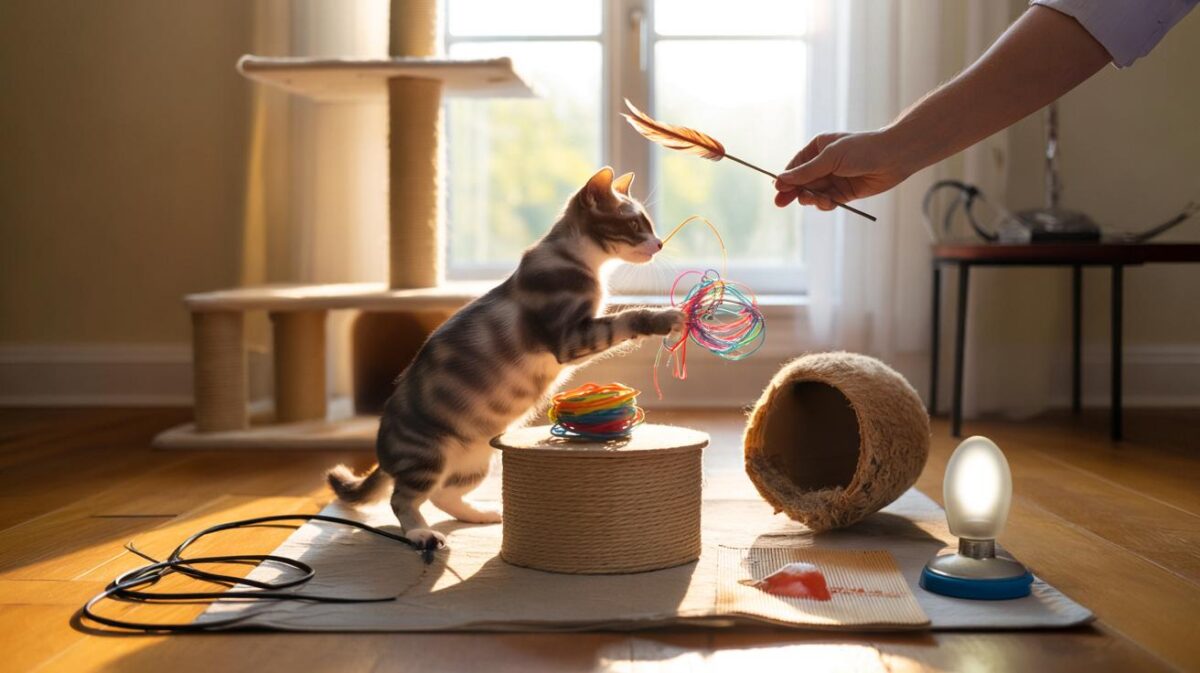After years of glossy imitation, the dial now turns toward materials that feel real under the hand and age with dignity. Designers and householders alike now chase texture, warmth and straightforward maintenance. The splashback sits at the centre of that rethink, and the mood points to a single, grounded choice.
Why faux stone fell out of favour
Stone-effect splashbacks spread fast because they looked refined and kept costs down. They mimicked marble, slate and travertine convincingly at first glance. Catalogues pushed the aesthetic, and social feeds amplified it. Many households followed the template.
That look soon lost its edge. Repetition drained character. Uniform veining and flawless prints felt cold in a room built for heat, steam and shared meals. People started to crave variance, small imperfections and material honesty. Kitchens ask for use, not only display. The new ask sounds simple: show the real thing.
Imitation gave consistency; the new appetite demands texture, depth and a surface that tells its own story.
What raw ceramic brings in 2026
The 2026 shift centres on raw ceramic. Not marble print. Not resin overlays. Fired clay with a natural glaze or a matte finish. It looks grounded and holds up to daily cooking. It copes with steam, splashes and heat from the hob. It cleans fast and does not flinch at winter stews or roasting trays.
Ceramic offers variation tile by tile. Edges carry a slight ripple. Glazes pool subtly at corners. That micro-variation brings rhythm to the wall and softens hard cabinetry lines. You get a room that feels put together yet human.
Raw ceramic balances durability with warmth: you gain a hardworking surface and a calmer, more tactile backdrop.
Styles that suit real kitchens
- Handmade square tiles at 100 x 100 mm for a gentle, lived-in patchwork.
- Rectified large formats behind the hob for a clean, modern band with fewer joints.
- Vertical finger tiles to add height in compact galley rooms.
- Warm glazes—ochre, terracotta, sand, chalk—to counter grey cabinets and winter light.
- Unglazed terracotta on a short upstand, paired with lime-washed paint above.
Costs, durability and care
Budgets vary, but ceramic remains accessible. You can tile a standard 2.5 m splashback without draining savings. Installation needs care, yet many confident DIYers manage it over a weekend. Cleaning stays simple with a mild soap and a soft sponge.
| Material | Typical price per m² (UK) | Heat resistance | Cleaning | Look and feel |
|---|---|---|---|---|
| Raw ceramic tiles | £20–£80 | High | Soap and water | Textural, warm, varied |
| Porcelain tiles | £25–£100 | Very high | Low effort | Uniform, refined |
| Printed glass panel | £120–£300 per panel | High | Wipe clean | Glossy, sleek |
| Stone-effect laminate | £30–£70 | Moderate | Gentle cleaners | Even, repeat print |
| Natural stone (marble) | £60–£200 | Moderate | Seal, spot clean | Luxurious, veined |
A DIY ceramic splashback can cost £180–£350 in materials, versus £450–£700 for a large printed panel. If you install it yourself, you could bank roughly £200–£300 in year one.
Everyday upkeep that actually works
- Choose glazed tiles in heavy splash zones to limit staining.
- Seal grout on day two and again after six months in busy homes.
- Use pH-neutral cleaners; skip bleach, which can fade dark grout.
- Fit a heat-resistant trim near gas hobs to guard tile edges.
- Keep two spare boxes of tiles for future repairs and colour matching.
Small space, tight budget: fast wins you can make this month
Short on room? Tile only the active zone: 600–900 mm behind the hob and sink. That focus cuts cost and frames the working triangle. Use a single, warm glaze to calm visual noise in compact layouts. Add a slim shelf in matching tile above the tap to lift sponges and soaps off the worktop.
On a strict budget, mix field tiles with a slim border of handmade pieces. The eye reads the detail as bespoke while most of the area stays affordable. Offcuts from local tile shops often come cheap; use them to form a checker stripe behind the cooker.
Design moves that elevate the ceramic choice
Colour that flatters winter light
Britain’s low winter sun casts cool tones across worktops. Warm ceramic glazes fight that cast and bring life back to oak, walnut or painted fronts. Soft sand pairs well with sage green units. Rusty terracotta sets off navy. Cream crackle glaze brightens darker corners and bounces task light effectively.
Lighting that shows texture
Run a slim LED strip under wall cabinets. Aim for 2700–3000 K to sit near candlelight rather than hospital cool. Texture reads better in warm light. A small, dimmable pendant over the prep zone adds depth and helps the glaze sing at dinner time.
Risks and how to avoid them
- Grout staining: choose a mid-tone grout that hides turmeric and tomato marks.
- Uneven walls: skim or back-butter tiles to avoid lippage and shadow lines.
- Cracked edges near heat: add a stainless or aluminium profile around cut-outs.
- Slippery sealers on matte tiles: test in an offcut before coating the wall.
- Colour batch variation: buy 10% extra and lay from several boxes at once.
Real-world layouts and budgets
The rental refresh
Use adhesive tile panels or a removable tile mat with real ceramic on top. You get a grout line and a true tile face while keeping the wall intact. Budget around £220 for a 2 m run, including trims and a mid-range glaze.
The family cookspace
Choose 75 x 150 mm subway tiles with a durable gloss. Lay them in a vertical stack to speed installation and reduce cuts. Expect £280–£450 for tiles, grout, trims and adhesive for a typical L-shaped run.
Glossary and practical notes
- Through-body porcelain: a dense, highly durable tile for heavy-use zones.
- Crackle glaze: a fine, deliberate crazing in the glaze; seal it to resist stains.
- Rectified edge: machine-cut edges that allow tighter grout joints for a clean look.
- Epoxy grout: pricier than cement grout, but it resists stains and oil in busy kitchens.
A quick back-of-envelope saving
Scenario: you plan a 2.5 m splashback. A printed glass panel quotes at £560 fitted. A ceramic option with mid-range tiles, trims, adhesive and grout totals £310 if you DIY. Add £10 for a sealer. You save about £240 in year one. You also gain a repairable surface; a cracked tile swaps out, while a scratched panel needs full replacement.
Where this trend leaves your home
Raw ceramic re-centres the kitchen around use, not display. It trades repeated prints for rhythm, and short-lived finishes for a surface you can live with. The room feels calmer, the work zone cleans faster, and the wall behind the hob finally earns its keep. If you wanted change without waste, this shift gives you a clear path.

